Perched on a rocky cliff in Italy’s Abruzzo region, the Fortress of Civitella del Tronto rises as one of Europe’s most impressive military structures. When I first glimpsed this massive stronghold stretching across the hilltop, I felt genuinely awestruck.
This fortress guarded the border for the Kingdom of Naples, showing its strategic importance with its sheer size and its position high above the landscape.
Exploring Civitella del Tronto, I found a place soaked in history. The fortress famously stayed loyal to its kingdom, holding out for six months against Piedmontese forces, long after other strongholds had given up.
As I walked along the thick walls and through the vast chambers, I could almost hear echoes of the soldiers who once guarded this border.
Getting to this Abruzzo treasure means winding through the Italian countryside before the fortress suddenly appears, almost growing out of the rock itself. What struck me most was how perfectly the architecture blends military function with breathtaking views—it’s both a historical monument and a spectacular viewpoint, worth every step up.
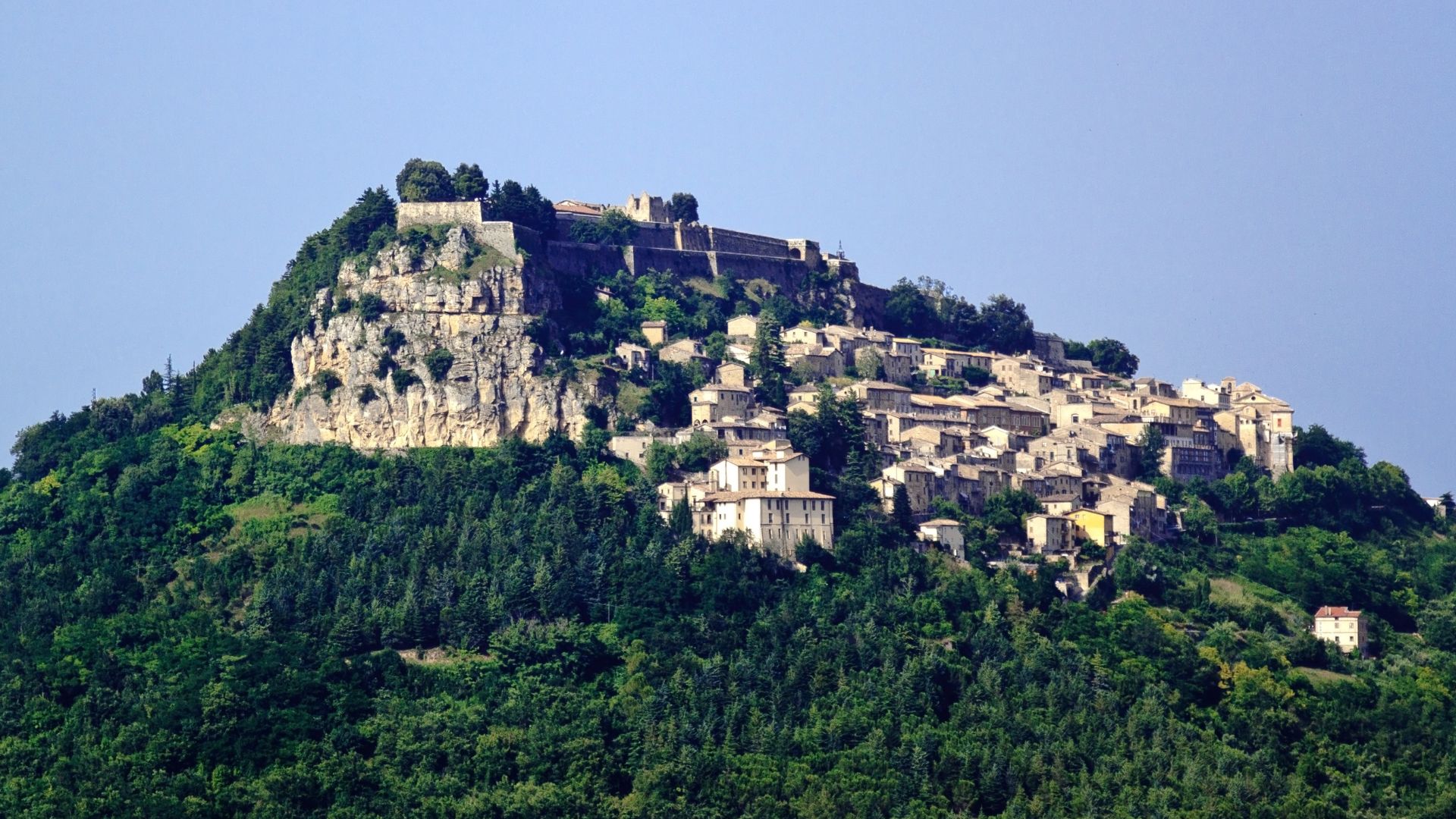
Origins and Historical Significance
Civitella del Tronto’s fortress tells a story of centuries of border defense and political struggle. Its commanding spot made it vital for controlling territory between papal lands and the Kingdom of Naples.
Early Foundations and Medieval Times
Civitella del Tronto traces its roots back to Roman times, its location already recognized as valuable. As I dug into its history, I found that the settlement took off during the medieval period, becoming a crucial defensive post by the 12th century.
The fortress’s current form began to take shape then. Local lords saw the tactical advantage of building atop this rocky spur, which naturally overlooked important trade routes.
By the late Middle Ages, Civitella had become a key border stronghold between papal and Neapolitan territories. Regional conflicts kept the medieval structure in a state of reinforcement.
Walking those ancient walls, I felt the weight of all that turbulent history.

The Role in the Renaissance and Beyond
During the Renaissance, Civitella’s importance only grew. The Spanish Habsburgs, ruling Naples, poured resources into fortifying this northern outpost.
Under Charles V and Philip II in the 16th century, they transformed the fortress into one of Italy’s most impressive military sites.
The renovations brought in the latest military engineering ideas. Massive walls, bastions, and a complex defensive system made the fortress nearly untouchable.
I found it amazing that Civitella repelled numerous sieges during this era. It became a symbol of Spanish power and a warning to papal ambitions.
By the 17th century, the fortress had reached its largest size, covering over 25,000 square meters. Its role as a border stronghold stuck around for centuries.
Civitella del Tronto During Italian Unification
The Risorgimento—the movement for Italian unification—brought Civitella its most dramatic chapter. In 1860-61, as the Kingdom of the Two Sicilies collapsed, Civitella’s garrison stubbornly stayed loyal to the Bourbons.
I was fascinated to learn the fortress was the last to surrender to the Savoy forces. The siege dragged on from October 1860 until March 20, 1861—three days after Italy officially became a kingdom.
The defenders’ resistance turned Civitella into a symbol of the old order’s last stand. After surrendering, the new rulers deliberately damaged parts of the fortress to prevent future uprisings.
That final siege ended its military relevance, but it cemented Civitella’s place in Italian history—a testament to determination and loyalty to a fading kingdom.
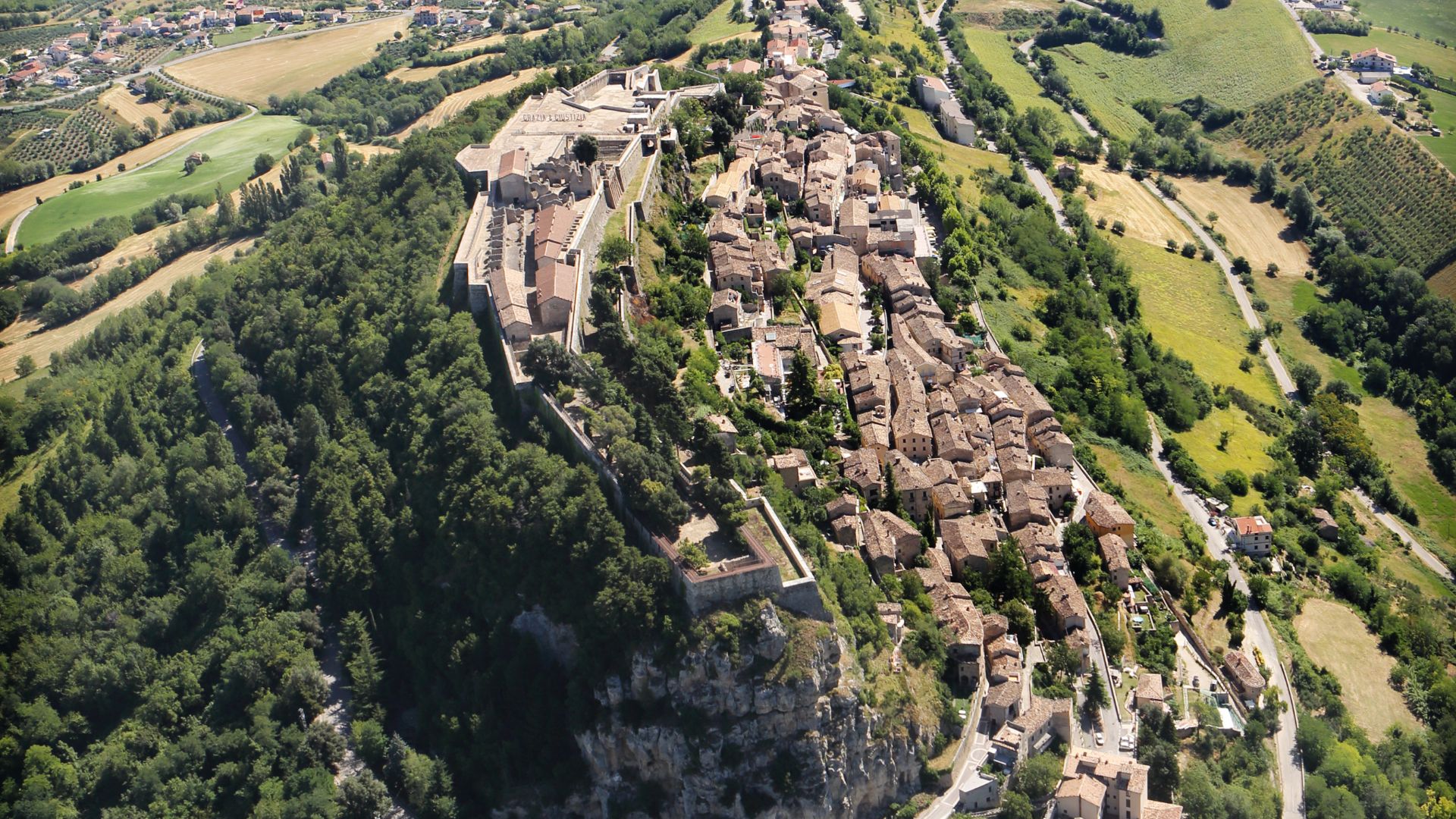
Architectural Marvel: Structure and Engineering
Civitella del Tronto’s fortress showcases Renaissance military engineering at its best. The design blends practical defensive features with architectural precision, making it one of the most impressive fortifications in Italy.
Military Engineering and Defensive Features
The fortress shows off sixteenth-century military engineering. I was struck by the clever bastions, which let defenders fire at attackers from different angles.
These star-shaped projections eliminated blind spots and created deadly crossfire zones.
The walls, sometimes up to 25 meters tall, were built to withstand artillery. What impressed me was the sloped design that deflected cannonballs, rather than just absorbing the impact.
Arrow slits and gun ports dot the structure. I noticed how these narrow openings protected defenders while letting them target enemies below.
The fortress also includes a smart water collection system. Large cisterns gathered rainwater, keeping supplies up during long sieges.
The Fortress Layout: Walls, Gates, and Pathways
The fortress stretches over 500 meters, making it Italy’s largest castle by area. Its long shape follows the mountain ridge, using the terrain for defense.
At the main entrance, a complex system of gates and checkpoints greets visitors. I found the defensive layout fascinating—attackers had to wind through a series of turns, all the while exposed to fire from above.
Inside, pathways connect different sections in a clear military hierarchy. The command center sits at the highest point, giving officers a view of the entire complex and the countryside.
Barracks, ammo stores, and food storage areas sit exactly where they’re needed. The fortress could shelter hundreds of soldiers during a siege.
What really grabbed my attention was the network of underground passages. These let troops move quickly and safely between defensive posts.
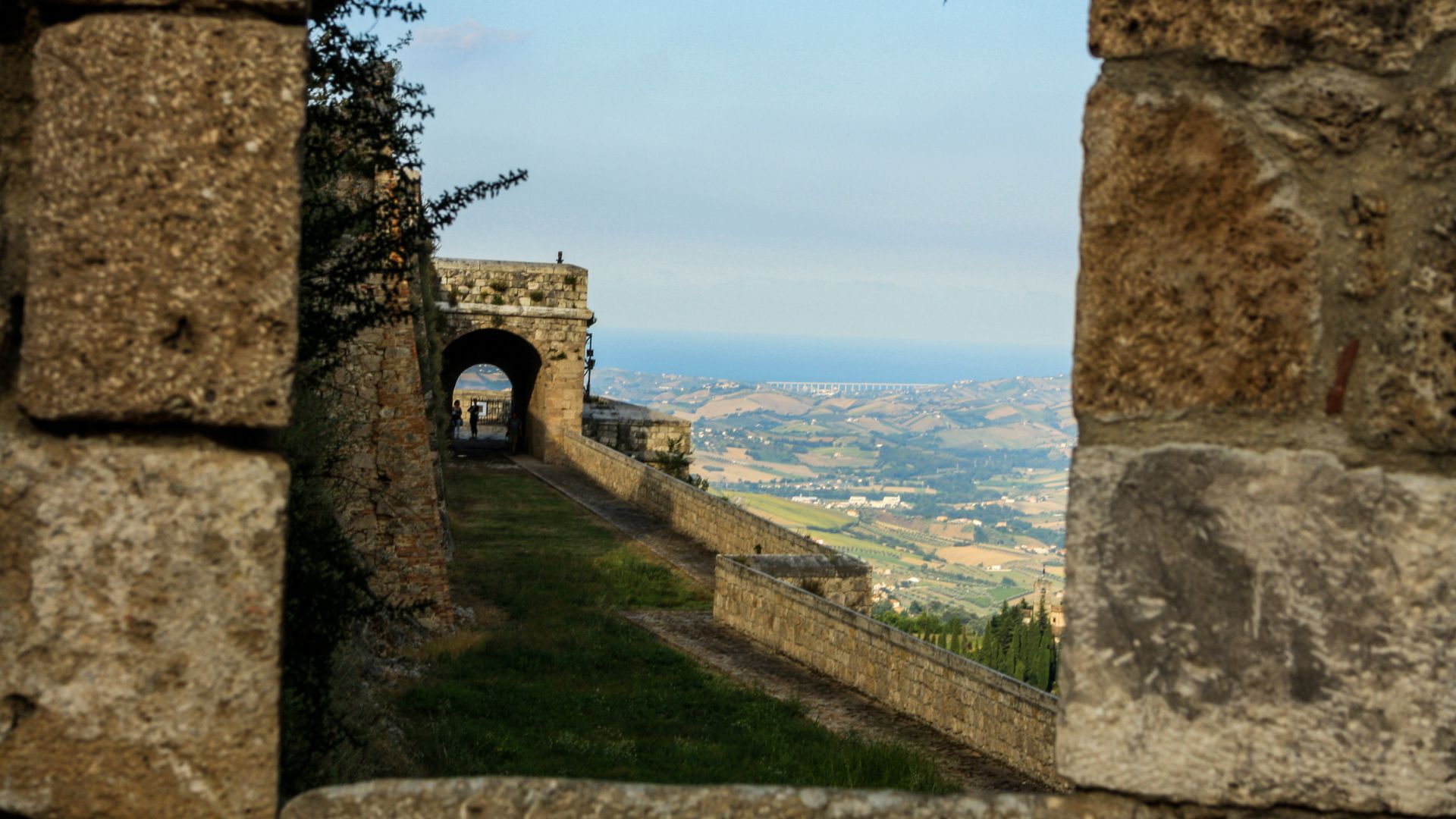
Restoration and Preservation Efforts
Restoration work kicked off in the 1970s after centuries of neglect. I’m genuinely impressed by how conservators have kept historical authenticity while opening the fortress to visitors.
They studied original building techniques and carefully replicated them. Craftsmen used period-appropriate materials to keep the fortress’s integrity intact.
Dealing with erosion on the mountain ridge has been the toughest challenge. Engineers installed modern drainage systems that protect the foundations but don’t ruin the historical look.
Today, maintenance teams quickly address damage from weather or tourism. Digital mapping has created a detailed record of the structure, guiding future conservation.
The fortress now houses a museum about its military history. I really recommend spending time with the exhibits—they showcase artifacts from every era the fortress has seen.
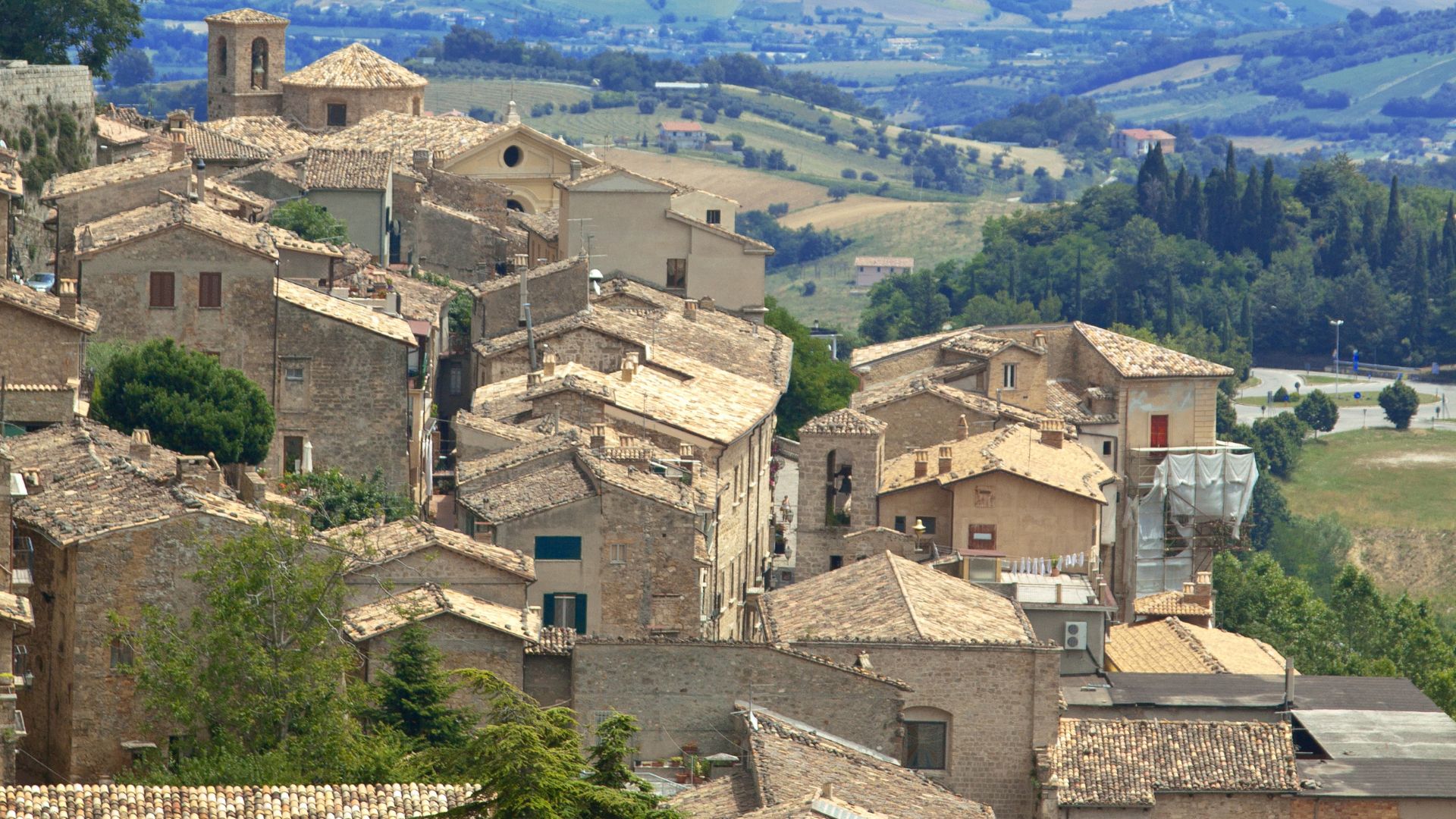
Strategic Importance and Military Heritage
Civitella del Tronto’s fortress played a critical role as a defensive position along the border between the Kingdom of Naples and the Papal States for centuries. Its rocky ridge location let it overlook vast territories, shaping the region’s history through countless conflicts.
Key Battles and Sieges
The fortress endured several major sieges. During the Italian Wars, Civitella showed its strength by holding off a French assault in 1557, staying loyal to Spain.
Another dramatic episode came during the Counter-Reformation, when the fortress became a bastion against changing political tides. In 1806, the garrison’s resistance against Napoleon’s forces became legendary—they held out for months after the rest of the kingdom had already fallen.
The last siege in 1860-61 sealed the fortress’s place in unification history. Bourbon defenders resisted Piedmontese troops for months, becoming the final stronghold to surrender to Victor Emmanuel’s forces, even outlasting Naples itself.
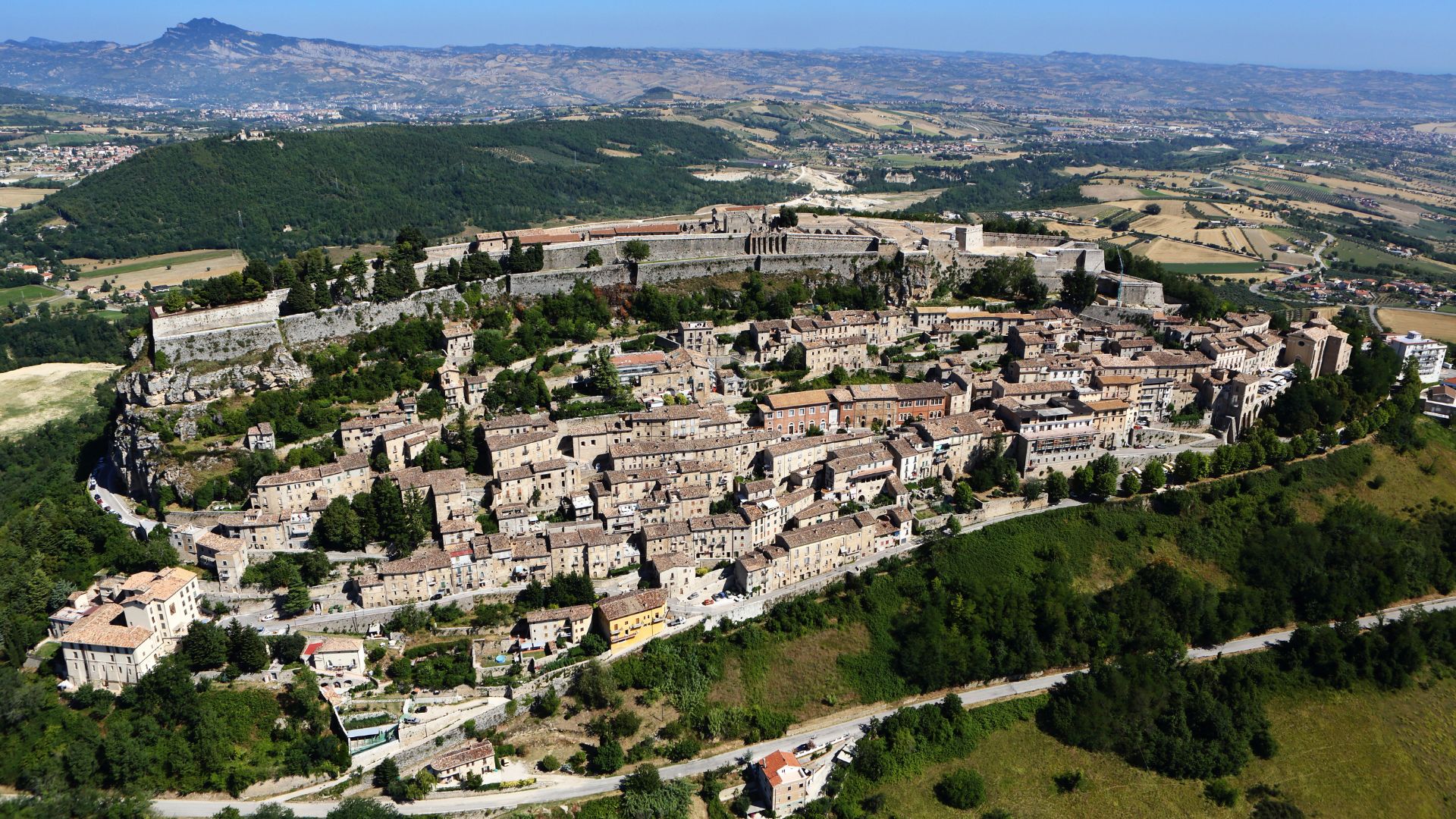
Civitella del Tronto in Regional Power Struggles
The fortress stood as a crucial border post between rival powers. Spain counted on Civitella as a northern defensive anchor, buffering their Kingdom of Naples from papal influence.
Civitella’s strategic value went beyond land battles. It formed part of a defensive network that supported naval strategies during the Holy League era, when Christian forces united against the Ottomans after Lepanto.
During the Wars of Religion, the fortress became a counter-revolutionary stronghold against the spread of Jacobin ideas after the French Revolution. Its position allowed rulers to monitor and control trade routes between the Adriatic coast and the interior.
Role in the Napoleonic Era and the Ottoman Threat
Napoleon’s campaigns shook up Italy’s power structure. In 1806, the fortress became a focal point of resistance. Napoleonic troops finally conquered it after a determined defense.
Later, during Napoleon III’s time, the fortress still mattered militarily. The garrison took part in campaigns against brigandage, which thrived in the chaos after unification attempts.
Even though it sat far from the Ottoman front lines, Civitella del Tronto played a role in the broader Christian defense strategy. Its massive fortifications reflected engineering innovations developed partly in response to Ottoman threats.
What fascinates me is how the fortress managed to stay relevant across such wildly different historical periods, always adapting as bigger powers battled around it.

Cultural Identity and Local Traditions
Civitella del Tronto’s fortress isn’t just a military monument—it’s the heart of local culture. The traditions that grew up around this massive structure have shaped the identity of generations.
Customs and Traditions in the Shadow of the Fortress
When I visited, I noticed how the fortress influences daily life. Local festivals often honor historical events tied to the stronghold.
The biggest celebration is the “Rievocazione Storica,” a historical reenactment where people dress in period costumes and recreate the fortress’s final stand.
Food traditions here are all about resilience. The “pallotte cacio e ova“—cheese and egg balls—originated during sieges when meat was scarce. Now, it’s a beloved local specialty.
Many families proudly display heirlooms from ancestors who worked or fought at the fortress. These items connect them to their patriotic past.
Language, Dialects, and Community Life
The dialect in Civitella del Tronto fascinates me—it mixes Abruzzese and Marchigiano, reflecting the town’s border status. Older folks still use fortress-related terms, like “la guardia” for keeping watch.
Community bonds here remain especially strong. The town has seen a lot of emigration, but those who stay keep close ties.
Youth involvement in preserving culture stood out to me. Local schools run programs where kids learn traditional crafts and songs about the fortress. I watched students perform folk dances in the piazza, just like their great-grandparents once did.
Religious traditions include an annual pilgrimage to the small chapel inside the fortress walls, where locals pray for protection—a custom that goes back centuries.
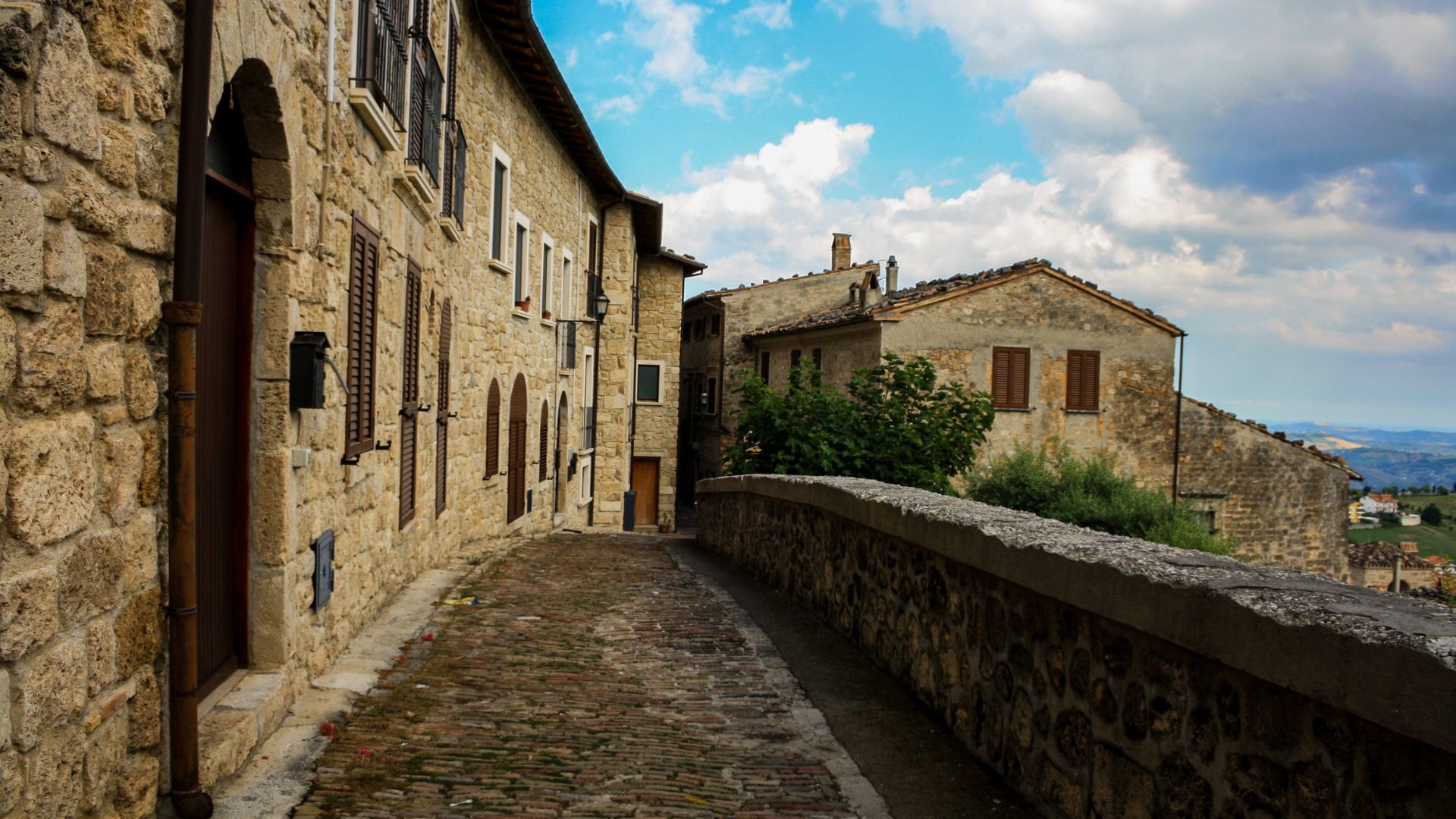
Exploring Civitella del Tronto and the Surrounding Regions
The fortress of Civitella del Tronto makes a great base for exploring Abruzzo’s many attractions. From wild mountains to charming towns and coastal gems, this area offers so much for travelers.
Visiting the Fortress: Practical Travel Tips
I’d plan at least 2-3 hours to explore the fortress fully. It sits at 600 meters above sea level and offers sweeping views of the landscape.
The fortress opens daily from 10 AM to sunset, with shorter hours in winter. Admission is about €7 for adults, with discounts for students and seniors.
Wear comfortable walking shoes! The stone paths and steps can be uneven, and you’ll want to see every corner.
For the best photos, try to visit early in the morning or late in the afternoon when the light casts dramatic shadows on the stonework. The views of the Tronto river valley from the eastern ramparts are just stunning.
Guided tours are available in English and Italian. I highly recommend them if you want to understand the fortress’s military history.
Abruzzo and Its Natural Wonders
People call Abruzzo “The Green Region of Europe” for good reason. The wild beauty of Gran Sasso National Park surrounds Civitella del Tronto, making it a paradise for outdoor lovers.
Campo Imperatore, or “Little Tibet,” wowed me with its vast high plateau. The grasslands and rugged mountains feel almost otherworldly. It’s ideal for hiking in summer and skiing in winter.
The Majella massif offers another wild experience. I hiked through ancient forests where Apennine wolves and brown bears still roam. The biodiversity here is honestly amazing.
For a change of pace, I drove just half an hour east to the Adriatic Sea. The beaches near Giulianova are perfect for a relaxing day after mountain adventures. The seafood restaurants along the shore serve fish so fresh, it’s hard to believe.

Nearby Towns and Day Trips
Campli, only 15 minutes away, charmed me with its Renaissance buildings and the famous Scala Santa (Holy Stairs). Pilgrims climb these 28 steps on their knees for special indulgences.
Ascoli Piceno is just half an hour north along the old Via Salaria. I spent ages in its travertine-paved Piazza del Popolo, sipping coffee and admiring the Renaissance loggias. Seriously, try the olive all’ascolana—stuffed fried olives that are way too good.
San Benedetto del Tronto, on the coast, makes a perfect day trip. I wandered its palm-lined promenade and explored the old fishermen’s quarter with its narrow, colorful streets.
For beautiful ceramics, I visited Castelli, known as the “cradle of Italian majolica.” The small workshops here still follow Renaissance traditions, creating vibrant, hand-painted pieces.
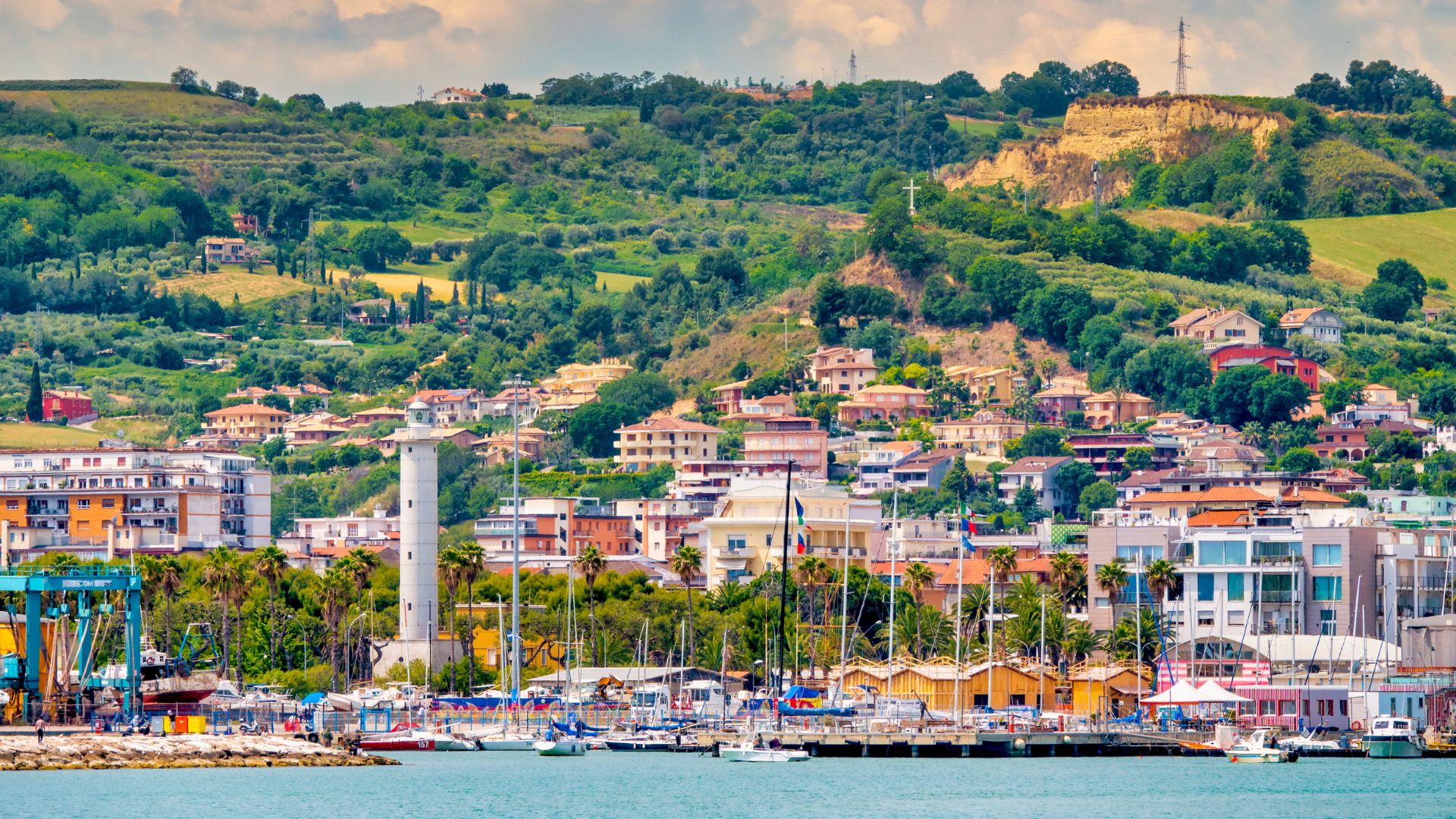
Legacy and Influence on Italian History
Civitella del Tronto’s fortress stands as a powerful symbol of resistance and national identity. Its strategic role and last stand against unification influenced military thinking and political debate for generations.
Civitella del Tronto’s Place in Modern Italy
Today, people celebrate Civitella del Tronto as both a tourist destination and a landmark in Italy’s complicated path to nationhood. The fortress has been carefully preserved as a monument to Italy’s fractured past, when the peninsula was split among competing kingdoms.
When I visit, I’m always struck by how the site represents the tension between regional identity and national unity—a tension that still shapes Italian politics. The fortress’s mountainous setting reminds visitors of the geographic challenges that made unification so tough.
Local museums display artifacts that tell the story of the brave defenders, making the fortress a symbol of loyalty that still resonates in Italian cultural identity.
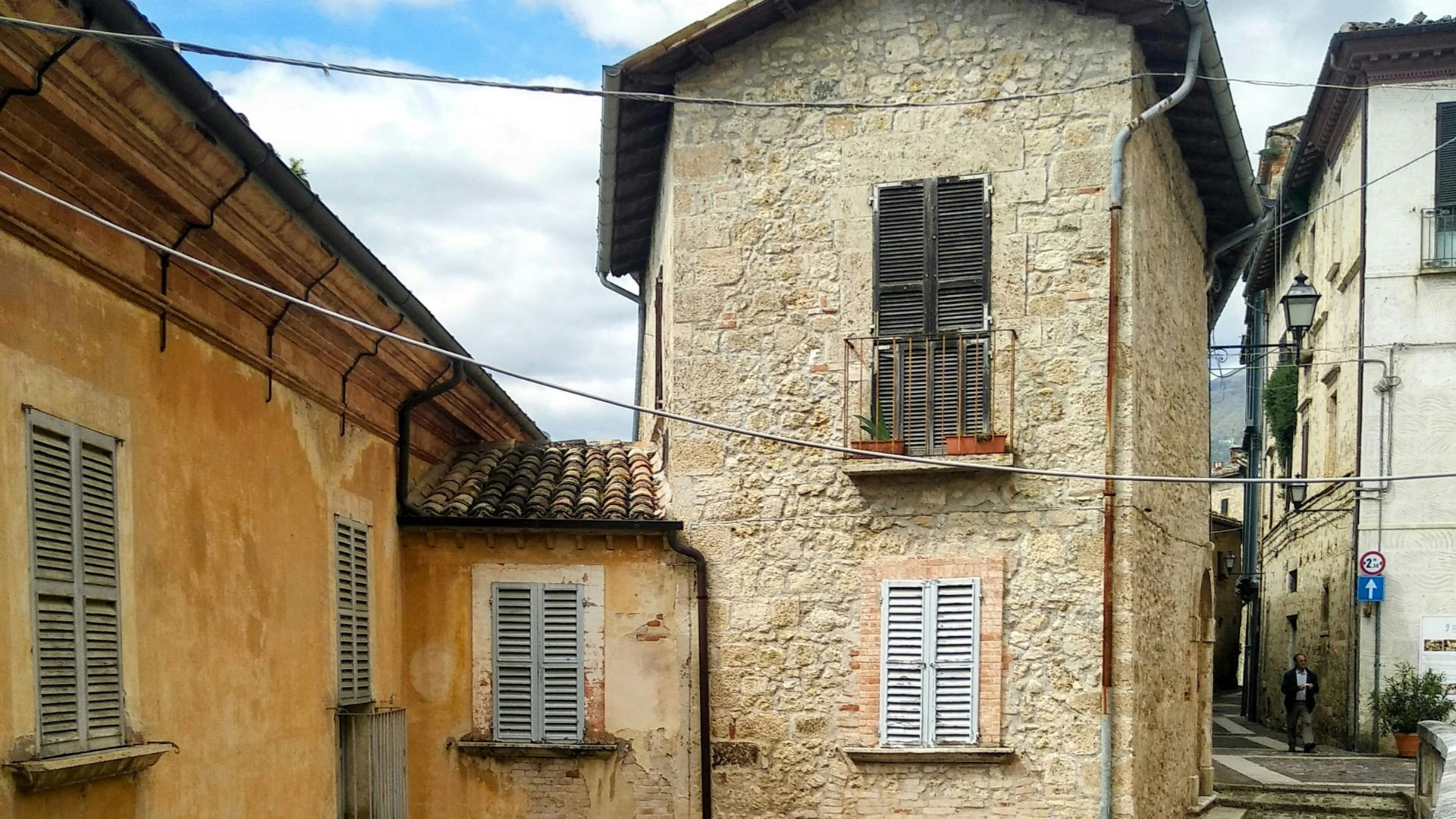
Impact on Military and Political Thought
The siege of Civitella del Tronto changed the way people thought about mountain fortifications. Military academies across Europe studied its defenses and the tactics used during the final siege.
The fortress marked a turning point in debates about governance. The Bourbon defenders’ resistance became a reference in arguments about reform, secularization, and the clash between old authority and new ideas during Europe’s revolutions.
I find it fascinating how the fortress became a symbol in Italian politics, representing both the end of an era and the birth of a new kingdom. The power struggles that played out here influenced provincial governance for decades.
Military historians I’ve met point out how the fortress’s fall showed the limits of even the best strongholds when faced with the powerful force of national unification.

